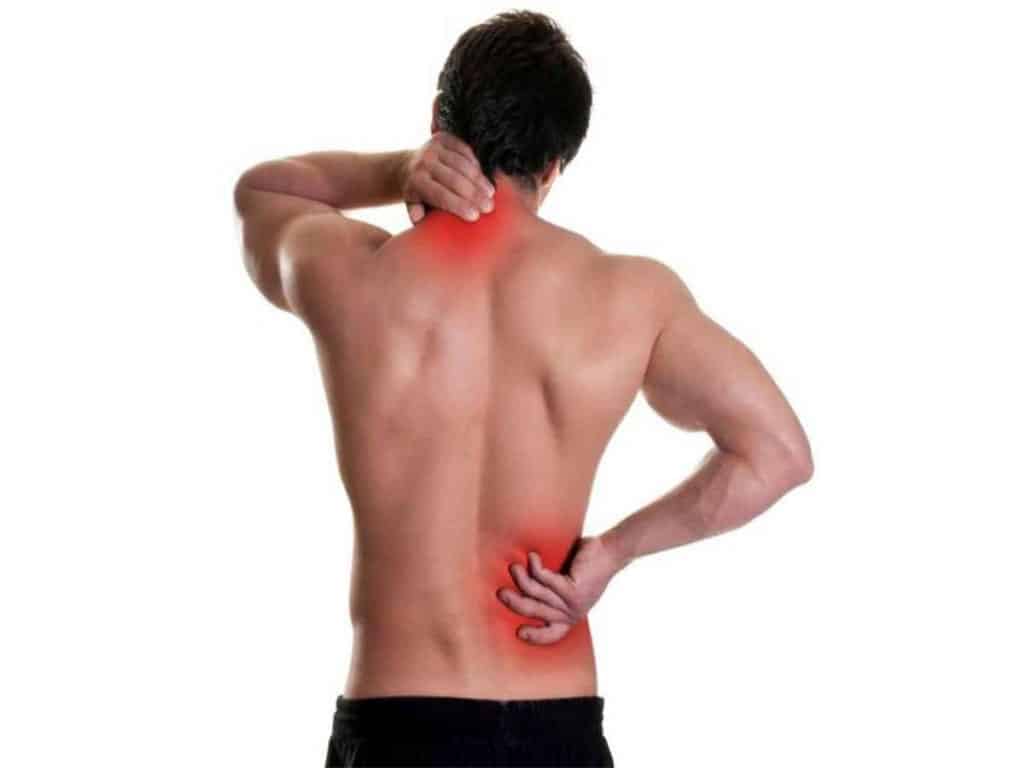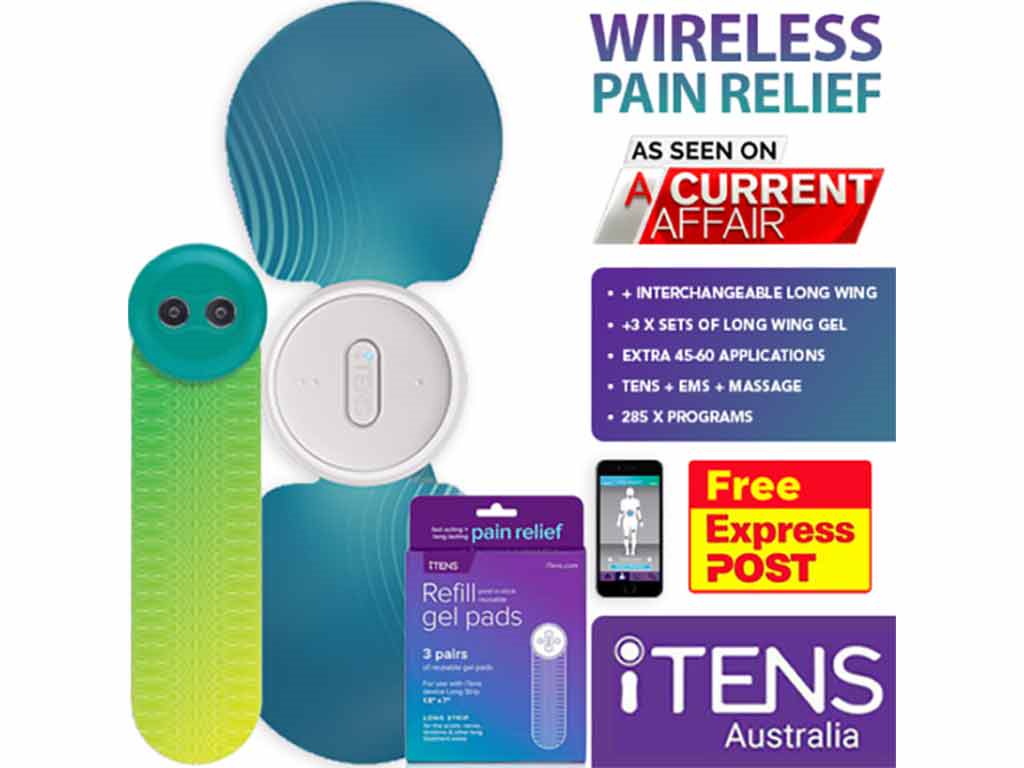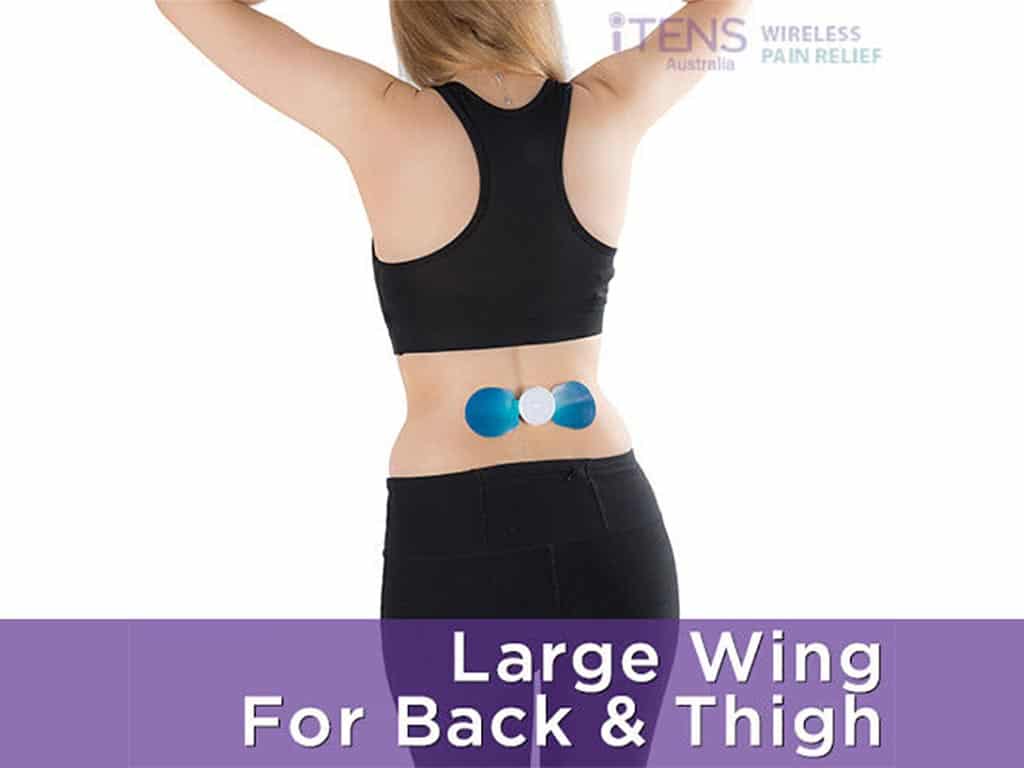
Muscle pain can limit the ability of a person to perform daily activities. One of the effective treatments available is Transcutaneous Electrical Nerve Stimulation. It is a type of therapy that uses electrical currents to relieve pain. TENS therapy for muscle pain relief involves placing adhesive electrode pads near or on the painful spot. Doing so allows the currents to travel through the nerves and block pain signals from reaching the brain.
There are many causes of muscle aches. Overuse, muscle strain, and weak muscles can contribute to the discomfort. An underlying health condition can also cause pain in more than one muscle at a time. In addition, the pain may be acute or chronic. Hence, effective pain management is essential. Individuals also consider the safety of the treatment. This article will present how TENS therapy works, its benefits for muscle pain, and the pad placement guidelines.
How TENS Therapy for Muscle Pain Relief Works
TENS therapy utilises mild electrical impulses to stimulate the nearby nerves to relieve pain. It uses a portable device called a TENS machine to deliver electrical stimulation through the skin. The stimulation causes the pain gate mechanism in the spinal cord to block pain signals from reaching the brain. This mechanism can provide immediate relief from muscle aches.
Another way TENS therapy for muscle pain relief works is by triggering the release of endorphins. Endorphins are neurotransmitters that bind to opioid receptors in the brain, spinal cord, and other body parts. Once attached, they can inhibit the receptors from sending pain messages to the brain. This can result in a significant decrease in pain intensity.
Additionally, mild electrical pulses boost blood circulation, which helps reduce inflammation and relax the muscles. This can help release muscle tension that contributes to pain. Moreover, the increase in blood flow helps to accelerate the recovery of injured muscles or body tissues. Overall, these mechanisms of action can help individuals find relief from muscle pain without the aid of drugs.
Main Theories at Work
- Pain Gate Control Theory: This theory suggests that electrical pulses can stimulate the large nerve fibres, which then close the pain gate mechanism in the spinal cord. It also reduces dorsal horn neuron activity and the consequent pain.
- Endogenous Opioid Release Theory: This theory proposes that TENS therapy triggers the production of natural chemicals like endorphins. These hormones have analgesic effects without the associated side effects of painkilling medications. Endorphins are also mood enhancers and lower stress levels.
- Increased Blood Circulation: TENS therapy can dilate blood vessels, improving blood flow and nutrient distribution to the affected area.

Benefits of TENS Therapy for Muscle Pain Relief
Individuals can receive numerous benefits from using TENS therapy for muscle pain relief. Firstly, it is a drug-free treatment method. It does not involve medications, which can have side effects or be addictive. This can be particularly helpful for those suffering from chronic pain conditions, such as fibromyalgia, myofascial pain syndrome, and chronic fatigue syndrome.
Secondly, it is non-invasive. TENS machines are portable and can be used on a per-need basis. It is a safe and effective way to manage pain without any intrusive procedures. Thirdly, it offers versatile and comprehensive pain management. TENS machines allow the personalisation of treatment through their adjustable pulse rates (frequency), pulse duration (width), and pulse amplitudes (intensity). This can help treat a wide range of pain, including joint pain and nerve pain.
Lastly, TENS therapy is a cost-effective form of treatment. Individuals can get a personal TENS machine and use it anytime as needed. It minimises the frequency of going to a pain clinic or rehabilitation centre.
Are There Potential Side Effects?
While TENS therapy is generally safe, there are some potential side effects to be aware of. Some individuals may experience skin irritation or redness at the electrode placement site. Users can usually mitigate this reaction by following proper skin preparation techniques and using hypoallergenic gel pads.
In some cases, other users may experience mild dizziness or lightheadedness. It may occur if the intensity level is too high. Thus, individuals must start with a low pulse amplitude and gradually increase it to a comfortable intensity. If electrical stimulation worsens the pain, discontinue use and consult a medical professional.

Pad Placement When Conducting TENS Therapy for Muscle Pain Relief
There are several guidelines to follow when conducting TENS therapy for muscle pain relief. Proper pad placement is crucial for effective therapy. The placement of the pads will depend on the location of the muscle aches. For localised muscle pain, place one pad on either side of the area where the symptom is severe. This can help target the specific muscle group that is causing the pain.
For widespread pain, place the electrodes surrounding the muscle group. Make sure that the pads are not too close together or overlap. This can cover a larger area and relieve the entire muscle group. For back pain, position the electrode pads on each side of the spine. Do not place the pads directly over the spinal cord to avoid discomfort.
Other places to avoid include directly over bones, joints, or areas with skin irritation or reduced sensation. It is also not advisable to place the electrodes on the head, throat, and chest. Consulting with a health professional can help determine the correct placement for specific conditions.
How to Operate a TENS Device
Place the electrodes on the pain area before operating the TENS device. Make sure the skin is clean and dry before applying the pads. Once the patches are securely in place, turn on the TENS machine and adjust the settings. The stimulation may depend on the type of pain, location, affected muscles, and individual comfort level.
Start with a low intensity and gradually increase it in small increments until the tingling sensations feel strong but comfortable. Additionally, it is advisable to use the device for 20 to 30 minutes per session. Individuals with chronic pain may conduct TENS therapy several times a day.
Conclusion
TENS therapy is a non-invasive and drug-free method of pain relief. It utilises a portable electrical device with an adjustable control panel and sets of electrode pads. This feature allows individuals to manage their pain by controlling the electric currents that flow through the skin to the nerves. Thus, TENS therapy for muscle pain relief can treat various chronic and acute pain conditions. These include muscle spasms, musculoskeletal pain, and postoperative pain.
The TENS machine works by closing the pain gate mechanism, blocking the pain signals from reaching the brain. It also induces the release of endorphins and improves blood circulation. To operate the device, place the electrode pads on the pain area and adjust the settings. Some advanced electronic devices, like the iTENS, have automatic modes for muscle pain for convenient use. Overall, proper usage and safety precautions of TENS can help improve the quality of life.







